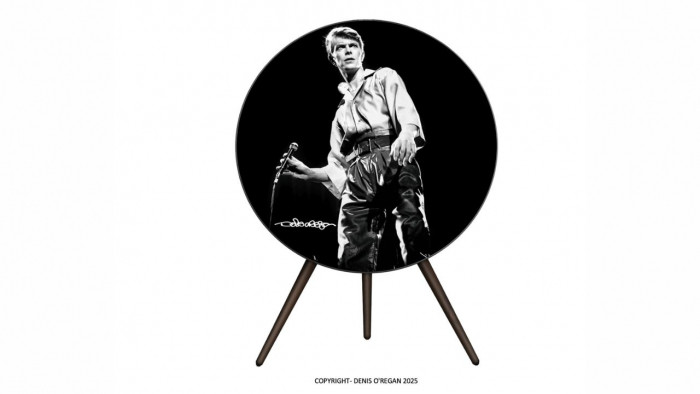NASA's Jupiter mission has three incredibly cool little passengers on board
NASA's Jupiter mission has three incredibly cool little passengers on board


We're not going to fill you in on NASA's Juno mission, because you definitely read our piece on it yesterday, didn't you? DIDN'T YOU?
Good, now you're all caught up on the $1.1 billion, 5 year mission that's currently orbiting Jupiter, it's time we told you a cool fact. No, it's not that the spacecraft is the fastest man-made object in history. Forget about the fact that we've going to have the most accurate images ever recorded of Jupiter. What you need to know is: there are three LEGO figurines on board. We bet they're bricking it.

Each of the trio represent an individual connected to the largest planet in our solar system. There's Galileo Galilei, who discovered four of Jupiter's moons in 1610, and there's the Roman god Jupiter (holding the lightning bolt) and his wife, Juno (with the magnifying glass, to signify a search for truth).
They are made of spacecraft-grade aluminium, which will allow the figures to withstand the extreme temperatures of the journey, and are non-magnetic so they don't interfere with other equipment.
Quick question, though: WHERE ARE THEIR SPACESUITS? HOW WILL THEY BREATHE?

"We put these LEGO minifigures on board Juno in order to inspire and motivate and engage children, to have them share in the excitement of space exploration and reaching for the best goals that you can," said Scott Bolton, the Juno mission's principal investigator,
NASA is now encouraging kids to use LEGO to construct models of the future of space exploration, and submit the results as part of a competition.
The trio of LEGO pieces have now set records for the fastest-traveling LEGO on record (second place: that bus you made in Year 3).








